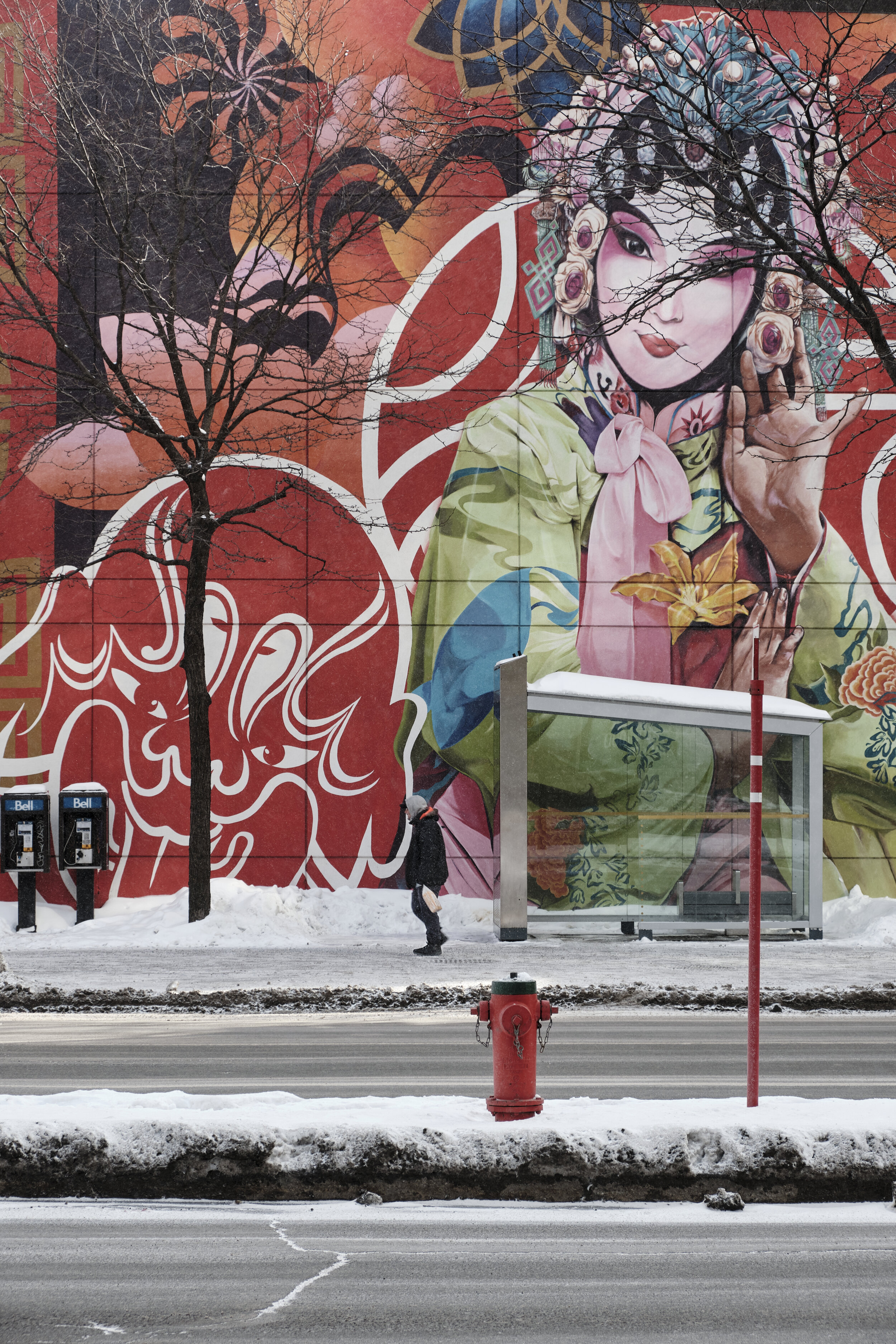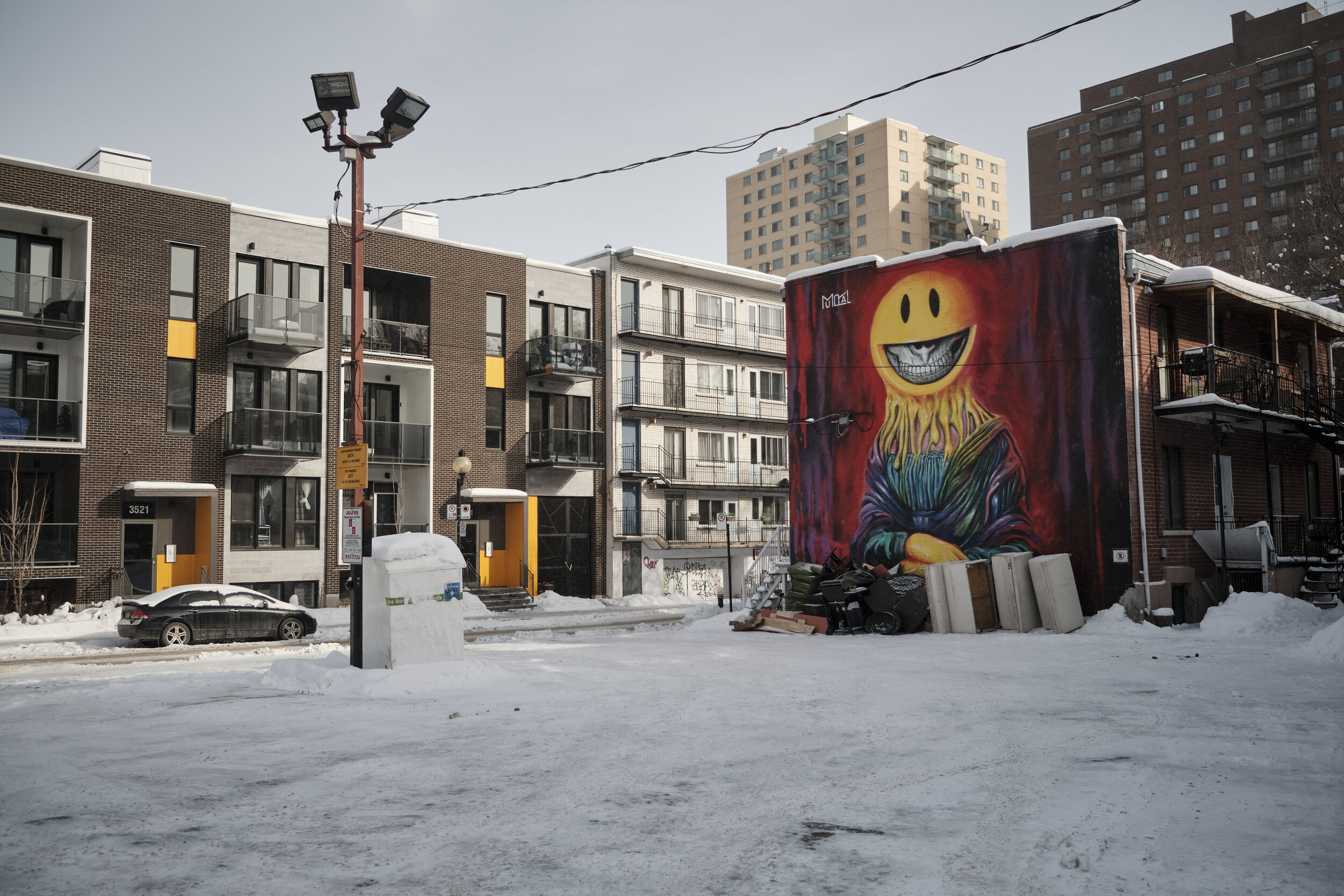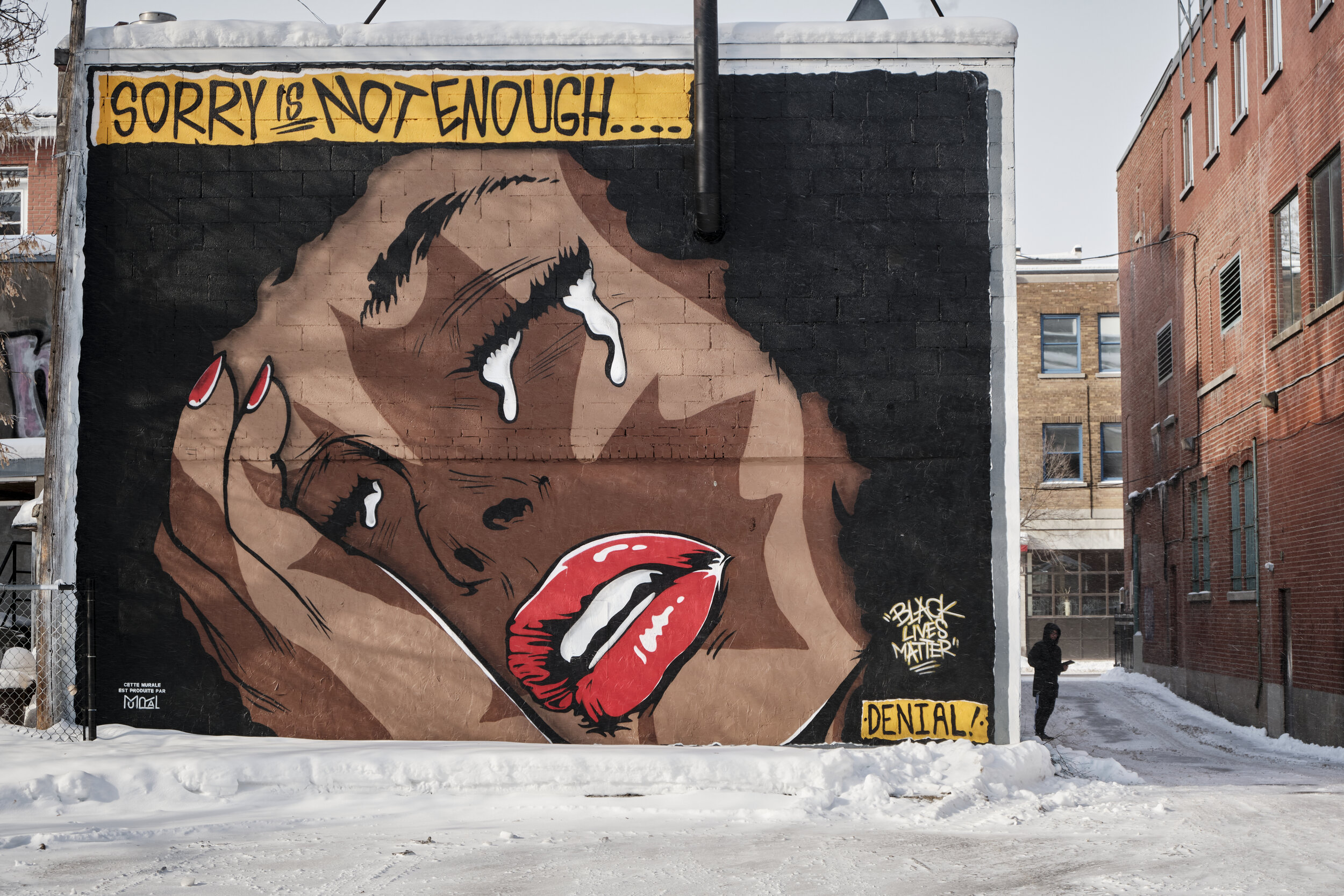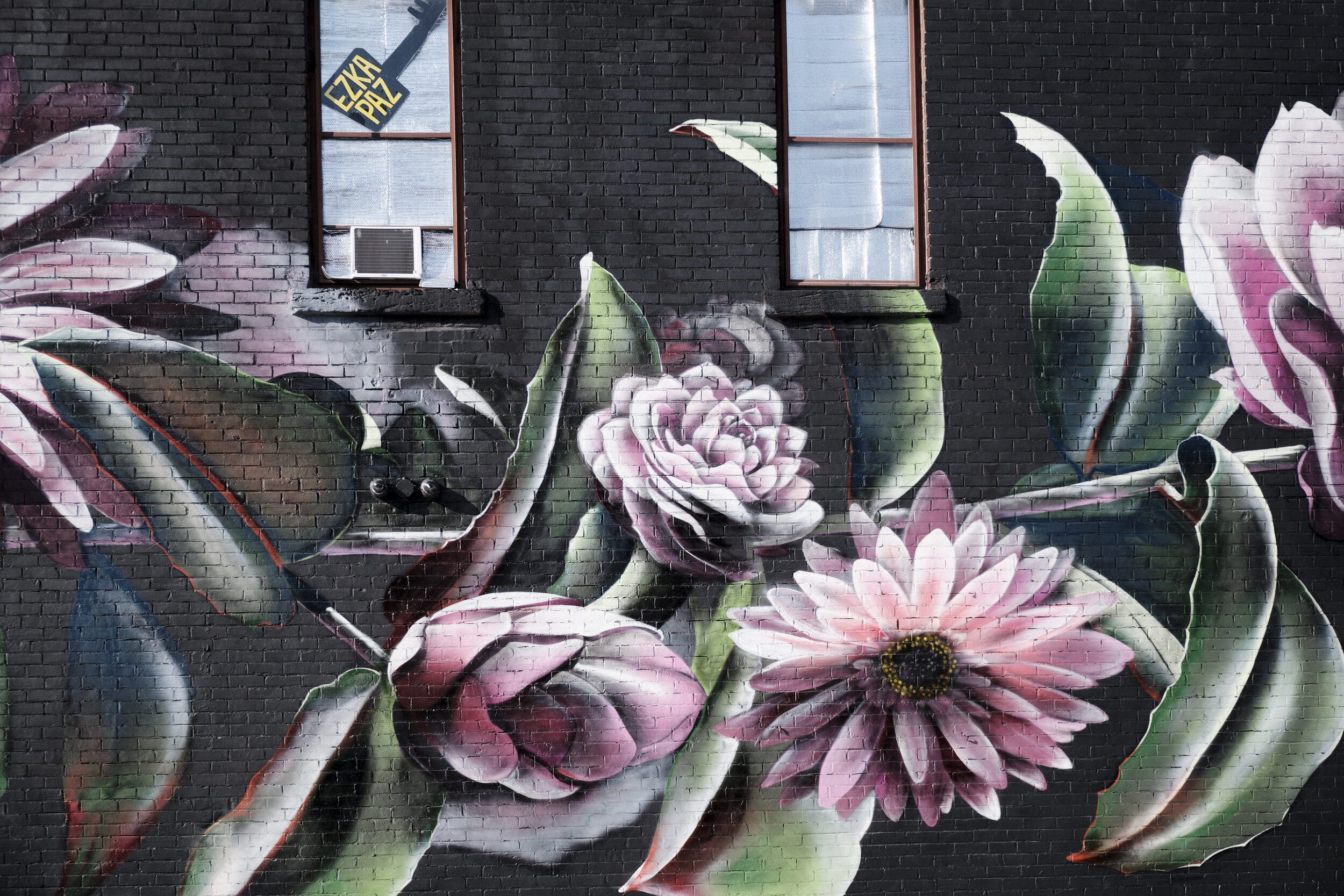The World Press Photo 2019 travelling exhibit is currently on show in the Canadian War Museum in Ottawa. I have had the chance to visit the exhibit a few times in previous years, but I found that I saw it with different eyes this year.
Although the specifics of the images change from one year to the next, depending on where the latest trouble spots are in the world, I find that there is a sameness to the images, exhibit after exhibit. Conflict and violence occupy centre stage, as you’d expect from the world’s journalistic businesses—if it bleeds, it leads. The environment is also an area of photojournalistic attention as exploitation of the planet continues at a furious pace (one image of frogs dismembered alive for restaurants illustrates our appetite for destruction particularly well).
There are less shocking, but still dramatic, images every so often from the world of sport and there is the occasional human interest story about people with colourful costumes, interesting diets or religious practices that the media tend to depict as quaint, disturbing or both.
The difference for me this year had to do with the way I looked at the images: how they communicated as a body, rather than one by one.
The first thing I noticed is that there is still an audience for this type of photography. No matter how violent, graphic or disturbing we are fascinated by this type of photojournalism. I suppose that part of this feeds into the idea that we must document the happenings in our world, no matter how terrible they are. Or perhaps it is especially when terrible things happen that we must bear witness to them, although the witness has had little discernible success in keeping similar things from happening—how many times have we said “never again!”? Maybe the best we can hope for is that the perpetrators of this particular outrage might be brought to account, and the victims might receive some degree of recognition or vindication.
The next thing I noticed about the exhibit is that much of the coverage is of things that happen to vulnerable people in or from the developing world. Whether it is migrants to Germany turning to the sex trade just to live, a baby boom among former Colombian guerillas, or the plight of Mayan beekeepers, the collection suggests that bad things are going on among them, far away over there. Sure, Donald Trump shows up—by implication in a caravan of refugees heading to the U.S. border, or leading Emmanuel Macron by the hand—but most of the really bad stuff is happening somewhere else.
After recently reading Roland Barthes’ “Rhetoric of the Image” (Barthes and Sontag, 1989), I was also struck by the power of the caption to “anchor” and constrain the interpretation of an image. The best example of this is the first image one sees when entering the exhibition, which is Brent Stirton‘s picture of an African woman at night, heavily camouflaged and carrying an assault weapon. Is she a guerilla? A jihadist? A government soldier? Is she attacking or is she preparing to defend? Where exactly is she? The image itself could be read in any of a dozen or more ways, but the caption ends the questioning and settles the matter (in a surprising way, for me):
https://www.worldpressphoto.org/collection/photo/2019/37622/1/Brent-Stirton
Petronella Chigumbura (30), a member of an all-female anti-poaching unit called Akashinga, participates in stealth and concealment training in the Phundundu Wildlife Park, Zimbabwe.
I realized how often we simply we accept such captions as Gospel. But what if the caption writer gets it wrong, accidentally or by design? Is the caption a reliable guide? Has the photographer understood all the implications of his or her image, and the complexities of the context? The viewer has no way of knowing (but may accept or reject the authority of caption depending on how ‘reasonable’ or palatable it may sound).
Finally, one of the signs in the museum set me thinking about the role curation plays in an exhibition like this. The sign read, “The stories that matter.” We can take that statement at face value, but the obvious question is: to whom do they matter? Who decides? On what basis? This is certainly not a kick at the organizers of the World Press Photo Contest, but it is a reminder that we never see an unmediated or unselected image. We don’t have to cast aspersions on the motives of the people who choose images to remember that they do indeed have them. And so do we.
Reference
Barthes, R. and Sontag, S. (1989) Selected writings. Fontana.

































